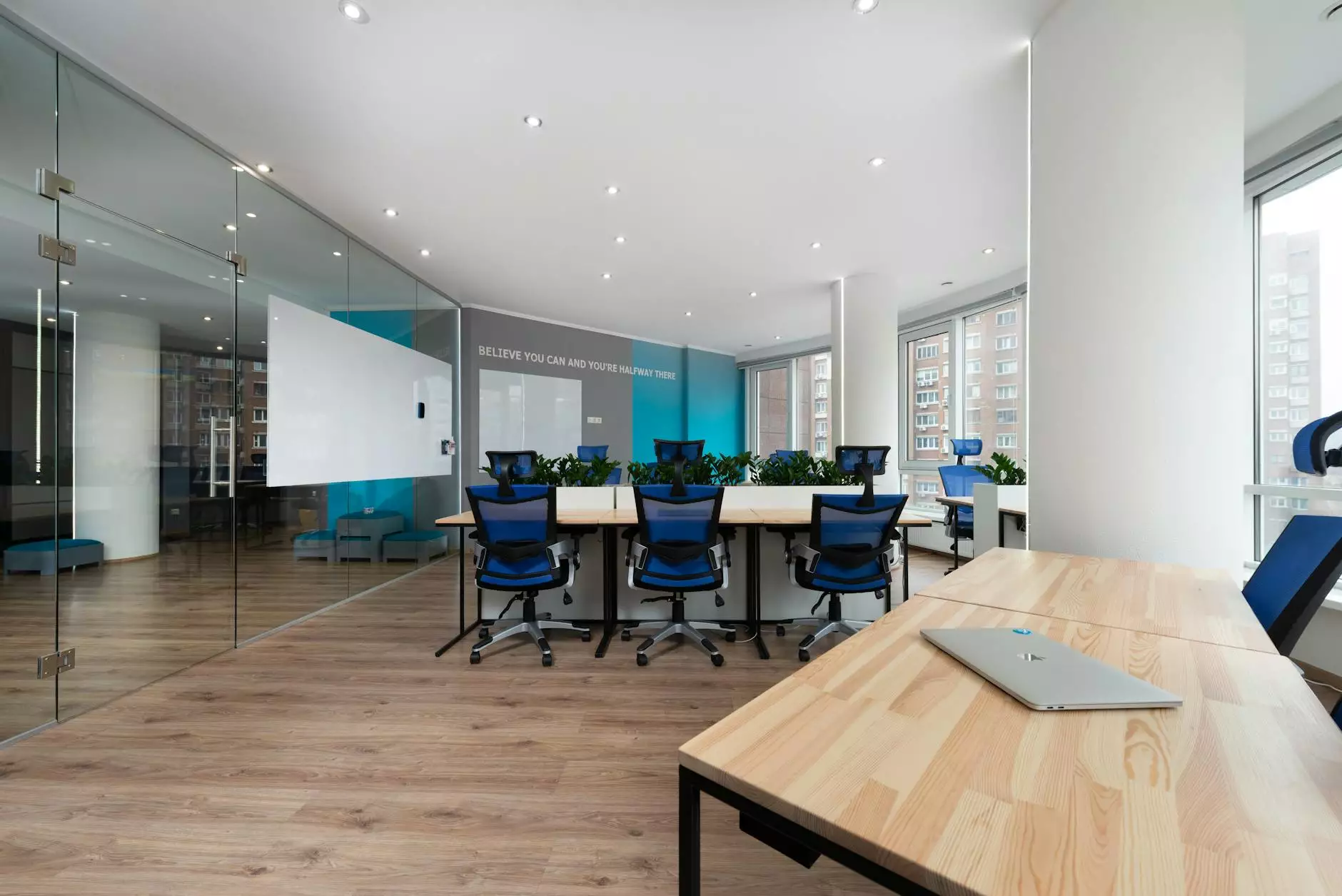Enhancing Business Security with Office Access Control Solutions

In today’s fast-paced business world, maintaining a secure and efficient workplace is of paramount importance. One of the most effective ways to achieve this is through office access control systems. These systems provide businesses with robust mechanisms to safeguard their assets, protect sensitive information, and ensure that only authorized personnel have access to designated areas. In this article, we will explore the various aspects of office access control, its benefits, and how it can revolutionize the way businesses operate.
What is Office Access Control?
Office access control is a security method that regulates who can enter or exit specific premises or areas within a building. This system utilizes various technologies and protocols to ensure that only authorized individuals are allowed access to sensitive areas, thereby enhancing overall security and safety.
Core Components of Office Access Control Systems
Office access control systems are typically composed of several key components:
- Access Control Panels: Central units that manage access points and log entries and exits.
- Electronic Locks: These locks can be controlled remotely and require a form of authentication such as a keycard, biometric scan, or password.
- Monitoring Systems: Cameras and alarms that monitor access points and alert personnel to unauthorized attempts.
- Credential Management Systems: Software that manages user credentials and access rights, allowing for seamless updates and tracking.
Benefits of Implementing Office Access Control
Implementing an effective office access control system can bring numerous benefits to businesses, including:
1. Enhanced Security
At the forefront of the reasons to implement office access control systems is the enhancement of security. Unauthorized access can lead to data breaches, theft, and vandalism. By restricting access to sensitive areas, businesses can significantly reduce the risk of such incidents.
2. Improved Accountability
Every entry and exit can be logged, creating a clear record of who accessed specific areas and when. This accountability is crucial in identifying any unauthorized access attempts and can also assist in investigations should an incident occur.
3. Streamlined Operations
Office access control systems can automate many traditional security processes. By reducing the need for security personnel to monitor access points constantly, businesses can allocate resources more efficiently, allowing staff to focus on core operations.
4. Enhanced Flexibility and Scalability
Modern access control systems are designed with flexibility in mind. Organizations can easily add or revoke access permissions for employees or visitors as needed, ensuring that access levels reflect current business needs.
5. Integration with Other Systems
Many advanced office access control systems can be integrated with existing security technologies such as CCTV, alarm systems, and fire safety measures. This integration creates a comprehensive security monitoring solution that is both efficient and effective.
Choosing the Right Office Access Control System
Selecting the right office access control system for your organization requires careful consideration of various factors:
1. Assess Your Security Needs
Evaluate the specific security requirements of your business. Consider the value of the assets you need to protect, the level of risk, and the areas that require restricted access.
2. User Management
A critical aspect of any access control system is its ability to manage user credentials. Ensure the system can grow with your organization and easily accommodate new employees or changing roles.
3. Technology and Features
Modern access control systems come equipped with various features. Look for systems that offer:
- Biometric authentication (fingerprint, facial recognition)
- Mobile access through smartphones or smart devices
- Audit trails and reporting capabilities
4. Budget Considerations
The cost of implementing an office access control system can vary widely based on the technology and features chosen. It is essential to find a balance between budget and functionality, ensuring that your chosen solution provides value for money.
5. Support and Maintenance
Consider the level of support and maintenance offered by the supplier. A reliable vendor will provide ongoing support, software updates, and assistance in case of system issues.
Key Considerations for Implementation
Once you have chosen an access control system, the next step is a successful implementation. Here are critical considerations:
1. Conduct a Site Survey
A thorough site survey will help in planning the layout of your office access control system. It will ensure access points are effectively covered and identify potential vulnerabilities in your existing security framework.
2. Employee Training
Employees must understand the new system and its importance. Conduct training sessions to educate staff about how to use the system effectively and the importance of adhering to security protocols.
3. Testing and Calibration
After installation, it is crucial to conduct a comprehensive testing phase to identify any issues and ensure everything functions as expected. This can include testing access rights, system responsiveness, and alarm functions.
4. Continuous Monitoring and Updates
Once the system is operational, continuous monitoring is essential. Regularly review access logs and update permission levels as necessary to adapt to changes in staffing or operational procedures.
Trends in Office Access Control Technology
The field of office access control is continuously evolving. Here are some of the latest trends driving changes in technology:
1. Integration of AI and Machine Learning
Advancements in artificial intelligence and machine learning are leading to smarter access control systems that can analyze patterns and detect anomalies, enhancing security protocols.
2. Mobile Access Control
Mobile credentials are becoming increasingly popular, allowing users to unlock doors with their smartphones instead of traditional keycards. This method is more convenient and can reduce physical credential management costs.
3. Cloud-Based Solutions
Many businesses are moving to cloud-based access control systems, which provide greater flexibility, scalability, and ease of management. Cloud systems allow real-time updates and remote management capabilities.
Conclusion
In conclusion, implementing an office access control system is not just about securing your premises; it's about fostering a culture of safety and efficiency within your organization. With the correct system in place, your business can enjoy the benefits of enhanced security, improved operational efficiency, and the ability to adapt quickly to changing needs. By understanding the components, benefits, and latest trends in office access control systems, you can make informed decisions that protect your assets and propel your organization towards greater success.
For businesses looking to enhance their security measures, exploring tailored solutions in office access control is crucial. At TeleCo, our experts are ready to assist you in navigating this important aspect of your business security strategy.









